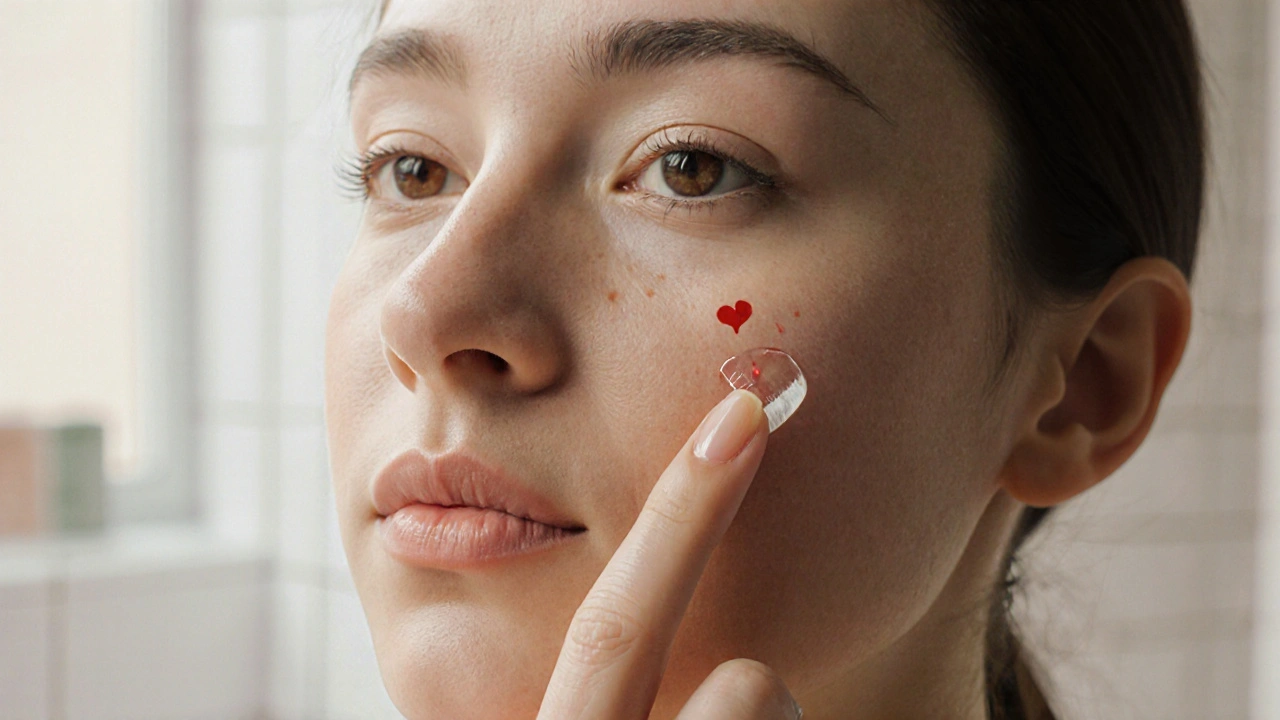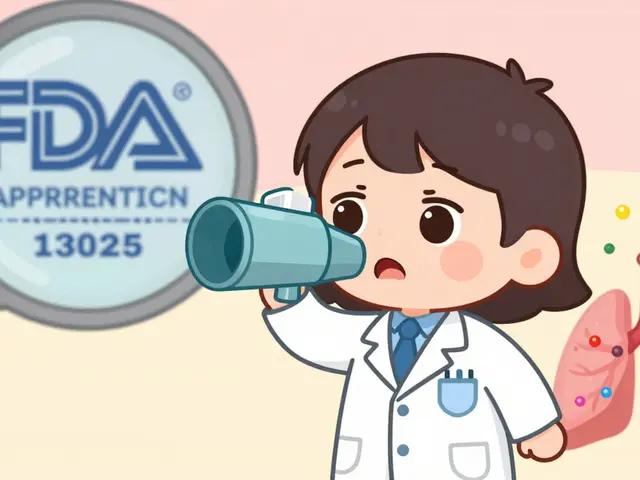Topical Antibiotics – What They Are and Why They Matter
When working with topical antibiotics, medicines applied directly to the skin to stop or kill bacteria. Also known as topical antibacterials, they are a cornerstone in managing skin infections, conditions where bacteria invade the surface or deeper layers of the skin. These drugs often work alongside topical steroids, anti‑inflammatory creams used for eczema, psoriasis and other dermatoses to soothe irritation while the antibiotic clears the infection. Together, they create a balanced treatment that tackles both microbes and inflammation.
One key relationship is that topical antibiotics can be combined with antiseptic agents, substances like chlorhexidine or povidone‑iodine that kill germs on contact to boost the overall antimicrobial effect, especially in minor cuts or burns. However, over‑use or improper pairing may drive bacterial resistance, the ability of microbes to survive drugs that previously killed them. This resistance can limit future options and make infections harder to treat. Because of that, clinicians often recommend short courses, proper application amounts, and sometimes rotating agents to keep resistance in check.
How This Collection Helps You Choose and Use Topical Antibiotics Effectively
Below you’ll find practical guides that break down the science, dosage tips, safety warnings, and real‑world comparisons for a range of topical antibiotics and related skin therapies. Whether you’re dealing with a stubborn boil, a post‑procedure wound, or a flare‑up that needs a steroid‑antibiotic combo, the articles ahead give you the facts you need to make informed decisions and avoid common pitfalls.
Clindamycin Gel vs Topical Acne Alternatives: A Detailed Comparison

A side‑by‑side look at Clindamycin gel versus top‑selling acne alternatives, covering how they work, pros, cons, cost and best‑fit skin types.
read more



